
Fast, affordable Internet access for all.
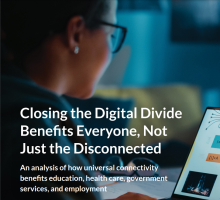
As digital equity advocates push Congress to replenish the rapidly diminishing funds that support the Affordable Connectivity Program (ACP), a recently published report should help bolster the case that the program – which subsidizes the cost of monthly Internet service for income-eligible households – won’t just help more Americans get broadband access, it can also incent Internet service providers (ISPs) to make infrastructure investments in unserved and underserved areas.
The report, titled "Closing the Digital Divide Benefits Everyone, Not Just the Disconnected" – published by Common Sense and the Boston Consulting Group (BCG) – emphasizes the benefits of universal Internet access across education, health care, government services, and employment. It makes the case that universal connectivity would allow institutions to “integrate Internet-based technologies into their services, improving them for the benefit of all.”
Most notably, the report advocates for increased ACP enrollment, arguing that in addition to providing low-income households some short-term relief from pricey Internet bills, the program can provide an economic incentive for ISPs to invest in unserved and underserved communities by increasing the return on investment (ROI) in areas that have previously been considered unprofitable.
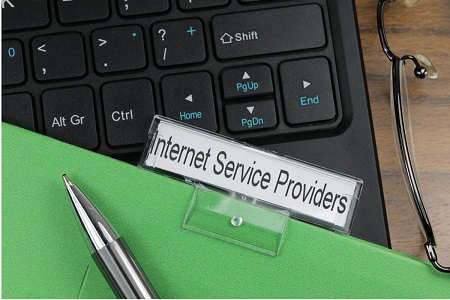
The Affordable Connectivity Program has been considered by some to be a “coupon” solution to the broadband affordability problem, and ILSR has long believed that while the ACP is critical to ensuring low-income customers can afford Internet access right now, more structural solutions are needed to make connectivity affordable to everyone over the long term.
But this report suggests that the ACP might be more than just a temporary solution to an immediate need for affordable access, and that the program has the potential to promote something more structural – investment in communities that would have previously been bypassed by ISPs.
Most interestingly, the report argues that the existence of the ACP means the cost to serve a given household decreases by $500, which will make it more economically attractive to reach households whose cost to serve was previously on the borderline of what an ISP would be able to spend and still make a profit. While the report doesn’t mention Tribal lands, it’s worth noting that the incentive here could be higher - Tribal members can apply for $75/month in Internet service assistance - though these are areas that are particularly underserved and cost more to reach.
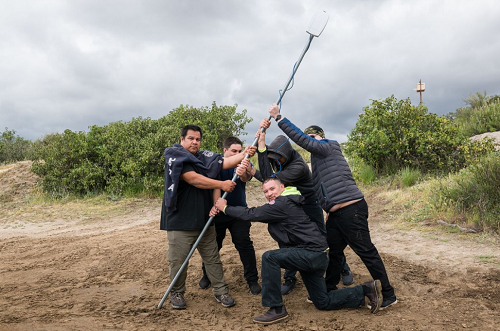
It’s also worth noting that there are many remote areas in which, even with a 75 percent subsidy – the highest a BEAD grant can award – it will not be financially viable for any ISPs to reach and serve residents.
These are likely the areas where an extra $500 in benefits per passing won’t be enough to tip the scales.
The analysis breaks down the annual “free cash flow” per household that an ISP would collect in a world with and without the ACP.
In a world with the ACP, Common Sense estimates higher take-rates because of the lower price of service as well as the existence of nonprofits helping people sign up for ACP and in doing so promoting the area’s ISPs. It also estimates that outreach efforts and other support from these organizations would result in decreased acquisition costs for the ISP. The number of subscription cancellation is expected to decrease both because it is an administrative hassle for ACP participants to switch providers and because ACP participants are less sensitive to the price of service.
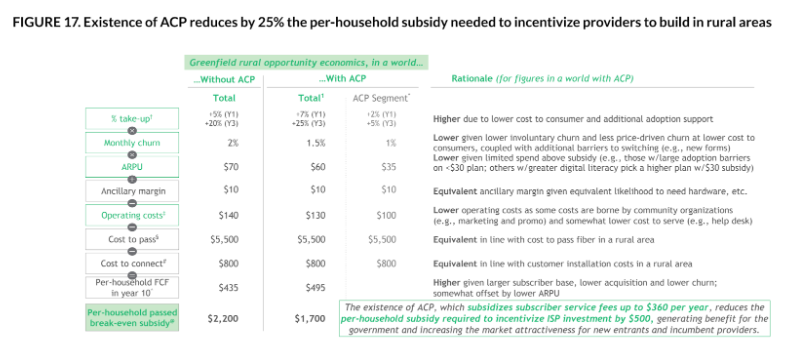
More Than a Temporary Solution?
If the ACP is to incentivize ISPs to build to certain low-income or rural communities, ensuring that the program stays alive – and that eligible households keep signing up for it – will become especially relevant as providers select the communities they propose to serve with BEAD funding. Current forecasts predict ACP funding could run out as soon as August 2024.
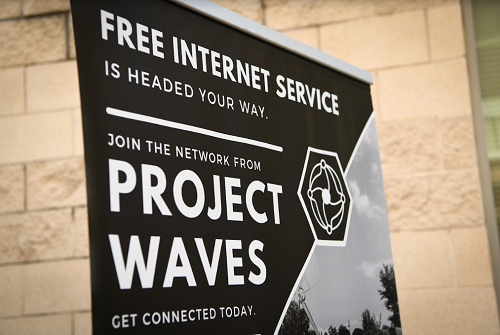
Additionally, there are effective, community-led connectivity solutions which depend on the ACP to continue making Internet access more affordable.
Project Waves, for example, is a Baltimore nonprofit whose efforts to build out to low-income multi-dwelling units (MDUs) hinge on a continuation of the ACP subsidy. Many Tribal networks also likely lean on the ACP to keep them financially sustainable as they serve folks on Tribal lands, where the customer subsidy is a significant $75/month.
Though the program is likely to stimulate some investment in urban areas and promote competition in areas where there are incumbent providers, the argument that the ACP could help promote infrastructure investment applies mostly to rural communities where there is no incumbent provider. In urban areas or rural areas with at least one existing ISP, it would be relatively easy for incumbents that do not already participate in ACP to begin offering the subsidy, weakening the economic case for new providers to enter that market. In “greenfield” communities, however, which have been left completely unserved, the case is strong, because the provider is also more likely to see the increased takerates predicted by the model.
Importantly, the ACP’s potential to stimulate long term infrastructure investments in rural communities strengthens the argument that Republican Senators, especially those with large constituencies in rural America, should also be advocating for a reallocation of the program’s funds. Digital equity advocates everywhere have been pushing hard to replenish funding for the ACP, and though groups like ILSR and USC Annenberg have documented the extent to which the program has extensive bipartisan support from constituents, replenishment remains a largely Democratic issue. Some advocates are trying to get ACP funding legislation integrated into the upcoming Farm Bill, and data like this could help make that case.
Outreach efforts and legislative advocacy around ACP remain critical, as the program not only makes connectivity more affordable in the short term, but also has the potential to provoke investment which could serve communities long into the future.
Read the full report here.
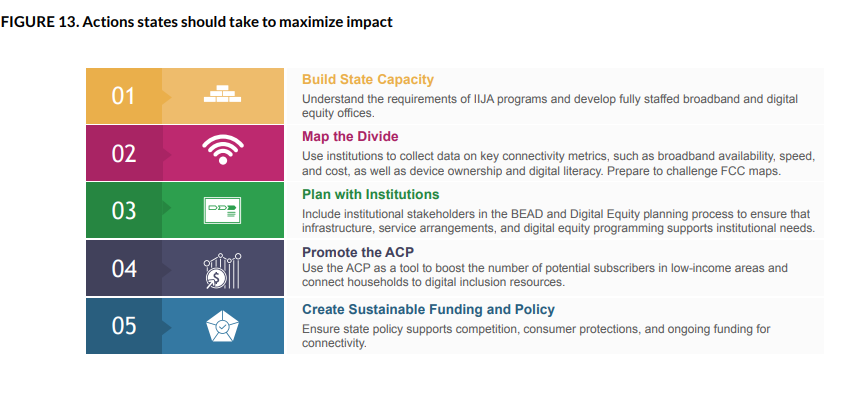
Inline image of Internet service providers folder and keyboard courtesy of Nearshore Americas, Attribution-ShareAlike 3.0 Unported (CC BY-SA 3.0)
Inline Figure 17 graphic from the report: model assumes 30 percent of a provider’s subscribers are enrolled in the program, uses an average connection cost of $6,300, and assumes the ISP is entering a rural community with no incumbent providers.
